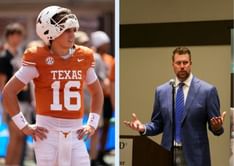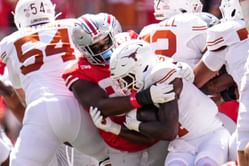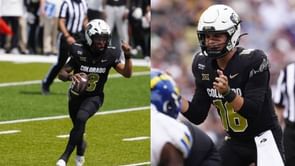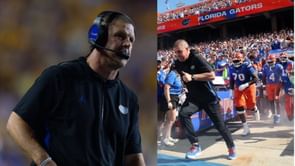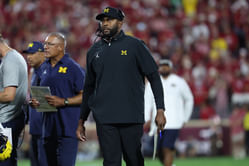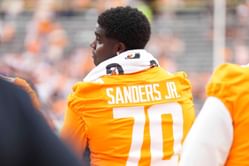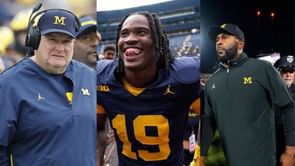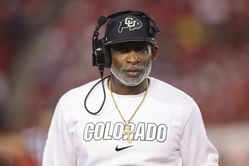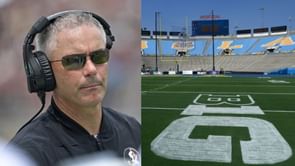
Nestled amidst the vibrant desert landscape of Tempe, Arizona, Arizona State University (ASU) stands as a beacon of innovation, education, and community engagement. Founded in 1885, ASU has evolved into one of the nation's premier public research universities, consistently pushing the boundaries of knowledge and fostering a culture of excellence. What sets ASU apart is its unwavering commitment to access and inclusion, welcoming a diverse student body from all walks of life. It's a place where opportunity knows no boundaries, where students from various backgrounds come together to learn, collaborate, and make a lasting impact on the world.
ASU's ethos centers on innovation and interdisciplinary exploration. The university's cutting-edge research spans various disciplines, from sustainability and renewable energy to space exploration and healthcare innovation. ASU is home to renowned faculty and groundbreaking research centers that tackle the most pressing global challenges.
The dynamic campuses, including the iconic Sun Devil Stadium and state-of-the-art research facilities, are a testament to ASU's commitment to providing students with an exceptional learning environment. ASU embraces technology and entrepreneurship, empowering students to turn their ideas into real-world solutions. But Who inspired the face for Sparky the Sun Devil? This blog will discuss Inspiration Behind Face for Sparky the Sun Devil.
In the heart of the American Southwest, Arizona State University embodies the spirit of the region's warmth, diversity, and limitless possibilities. It's a place where tradition meets innovation, dreams take flight, and the Sun Devil community comes together to shape a brighter future for Arizona and the world.
Inspiration Behind Face for Sparky the Sun Devil
The inspiration behind Sparky the Sun Devil's distinctive facial features can be traced back to a fascinating rumor in the mascot's history. It's rumored that Bert Anthony, the artist who designed Sparky in 1946, drew inspiration for Sparky's face from none other than his former boss, the legendary Walt Disney.
Walt Disney, the creative genius behind iconic animated characters like Mickey Mouse, was known for his charismatic and expressive characters. Anthony's work under Disney likely exposed him to Disney's artistic principles and character design techniques, which he may have incorporated into Sparky's creation.
While this rumor adds a fascinating layer to Sparky's origin story, it's essential to note that it remains unverified and shrouded in mystery. Regardless of its accuracy, Sparky's charismatic and mischievous grin, paired with the iconic pitchfork, has made him an enduring symbol of Arizona State University's spirited character, captivating fans for generations. Whether or not Walt Disney directly influenced Sparky's design, the mascot's enduring appeal continues to make him a beloved figure in the Sun Devil community.
Sparky the Sun Devil History
Sparky the Sun Devil, the iconic mascot of Arizona State University, was born in 1946 when student Bert Anthony donned the costume for the first time. Sparky quickly became a symbol of ASU's spirited character. Over the years, Sparky's appearance evolved, but his devilish grin and pitchfork remained iconic. He passionately cheers on ASU teams and engages in community service, embodying the university's commitment to school spirit and giving back. Sparky's legacy endures as a beloved figure, making him an integral part of ASU's history and traditions for over seven decades.
FAQs on Sparky the Sun Devil
A. Sparky was created by ASU student Bert Anthony in 1946, becoming the university's official mascot.
A. While Sparky's costume has undergone updates, his distinctive devilish grin and pitchfork have remained consistent, preserving his iconic look.
A. Sparky actively participates in community service, embodying ASU's commitment to giving back to the community and spreading school spirit.
A. It's a fascinating rumor in Sparky's history, but its authenticity remains unverified.
A. Sparky is integral to ASU's traditions, including pre-game rituals and celebrations during homecoming and rivalry games, adding excitement and spirit to various campus events.
